Suppose I have a dataset like this:
that I need to examine for possible duplicates. Here, the 2nd and 3rd rows are suspected duplicates. I'm aware of string distance methods as well as approximate matches for numeric variables. But have the two approaches been combined? Ultimately, I'm looking for an approach that I can implement in R.
